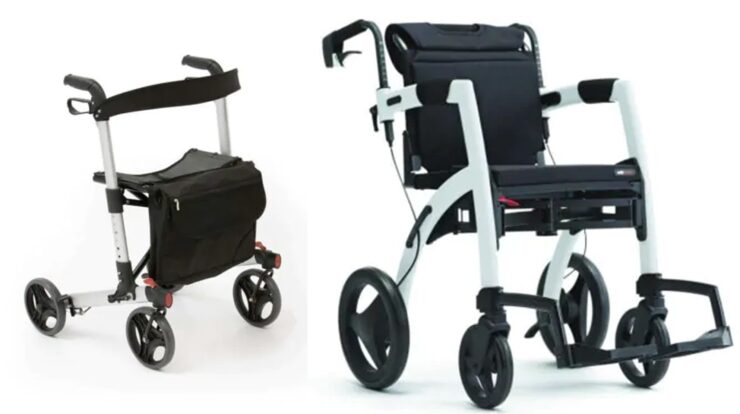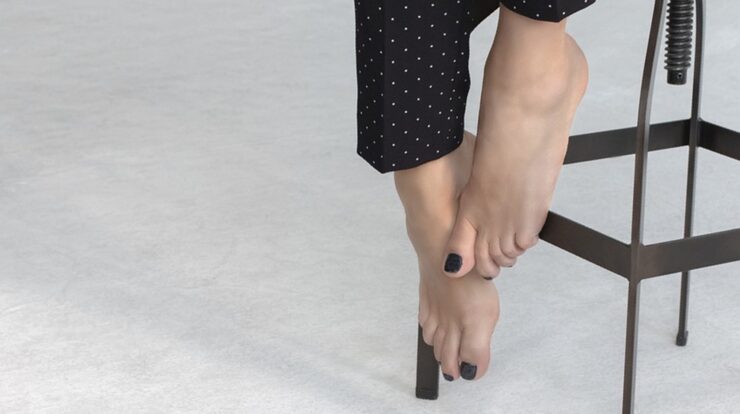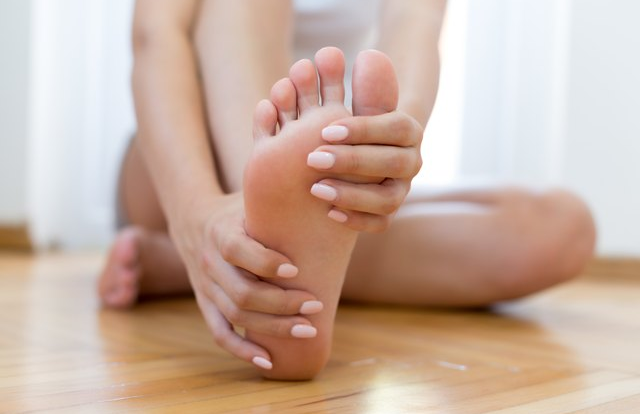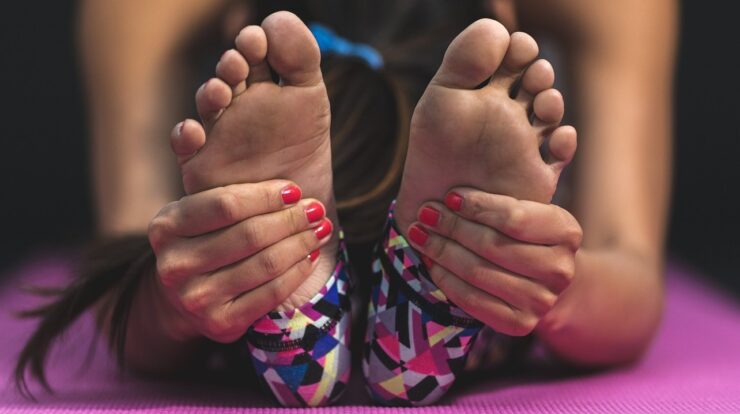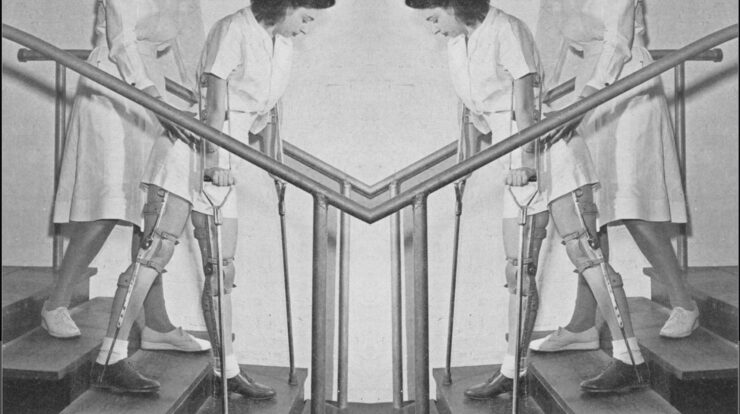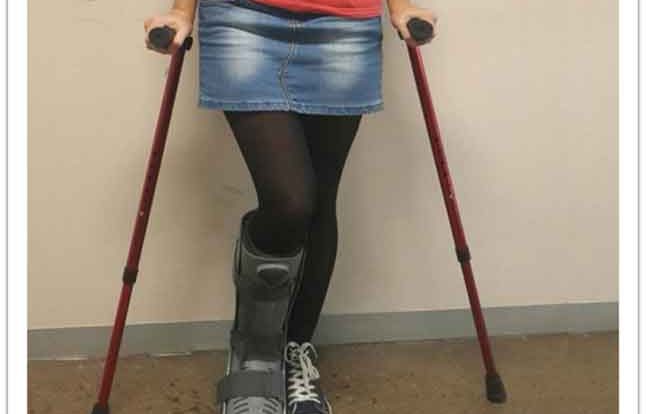
Ankle injuries are the most common foot injuries. We normally break the ankle or sprain it. Depending on the severity of the injury you will either be given an Aircast boot or a plaster cast. The technology is so advanced not that doctors normally prescribe walker boots or Aircast boot to be specific. Therefore, we need to know how to walk in an aircast boot.
You are normally given an Aircast to help protect your injured joint from movement. In other words, keep your ankle stabilized in order to help with the healing process by giving the joint rest. Depending on if you are weight-bearing or non-weight bearing, your doctor may suggest you use crutches for several days or weeks as your injury heals.
Always speak to your doctor before buying an Aircast on amazon. They will tell you how to walk in an Aircast boot or even if you need one in the first place.
The major question now is, “How to walk in an Aircast boot?
Before we get started remember that different injuries will require different treatment plans. In some cases, you may be required to be off your foot totally (non-weight bearing) for a certain amount of time or other times you can put some pressure on the injured foot (partial weight-bearing).
How to walk in an Aircast boot non-weight bearing?
The air cast boot is given to you so that it fits snugly against the foot to provide maximum support. The outer shell prevents movement of the injured leg. With non-weight bearing, the doctor will tell you not to put any pressure on the foot. That means not walking on it at all. But you will still need to move around to get things done, as you cannot rely on the family forever. They will definitely get tired of you commanding them around all the time.
Using crutches with Aircast boot non weight-bearing
The alternative, it is this time when the iWalk 2.0 is a god sent. You attached it to your leg and walk around as normal. People will give you the steer when you pass by but, what the heck, you get a chance to move around. Here is a video that demonstrates how it is can be used.
Instruction on how to walk with an Aircast boot non-weight bearing using the iWalk 2.0.
How to walk with an Aircast boot while being weight-bearing?
With partial weight-bearing, you may have to do the walking with the aid of crutches. Before you get properly started to walk using the crutch, ensure that the Aircast boot is securely and properly fitted on your foot. The straps should be tight enough but not so tight as to cut off circulation from your foot or to irritate your skin.
When it is time to stand use the chair and the crutch as a brace to get up, ensuring that you are not putting excessive pressure on the injured leg.
As you get on your feet, make certain that you stand up straight and position your crutches under your underarm. For the most comfortable experience, adjust your crutches so that the top of the crutch is one or two fingers width below your armpits. The handgrips should be level with your hips.
When it is time to walk remember to walk slowly and gently, putting your heel to the ground first and then roll forward on your foot. You want to do this to reduce the shock impact on your injured leg.
Place the bottom grips of the crutches about 1 foot in front of you and lean forward putting pressure on the crutches. Both crutches should be moved forward at the same time. Allowing your hands to absorb your body weight and not your shoulders. No one wants a sore armpit.
Move your injured leg forward between the crutches while keeping your weight off the injured leg.
Gently squeeze each crutch into your ribs. Put weight through your hands and keep your elbows straight.
Move your good (uninjured) leg between the crutches for better balance. As soon as you are comfortable with using crutches you will be able to swing the good foot ahead of the crutches.
Repeat these steps to keep walking—crutches, injured leg, good leg.
Video demo. Not using the aircast boot but the principle is the same.
When going upstairs place both crutches under one arm and grip the rail with your other for balance and stability. When going upstairs the good foot goes first. It will take all the pressure then the injured foot will follow.
When going downstairs the injured leg will go first with the crutches. Both will hit the stairs at the same time. Both crutches are still under one arm and the other arm holding onto the rails for stability and balance. Your good or uninjured leg will follow.
A final thought on how to walk in an Aircast boot
Using crutches and walking boot help us to move around without too much hassle. If you have any extra information to share please do so within the comment. Take it easy when walking in an air cast boot in order to prevent complications or muscle strain or excessive swelling.
Reference:

